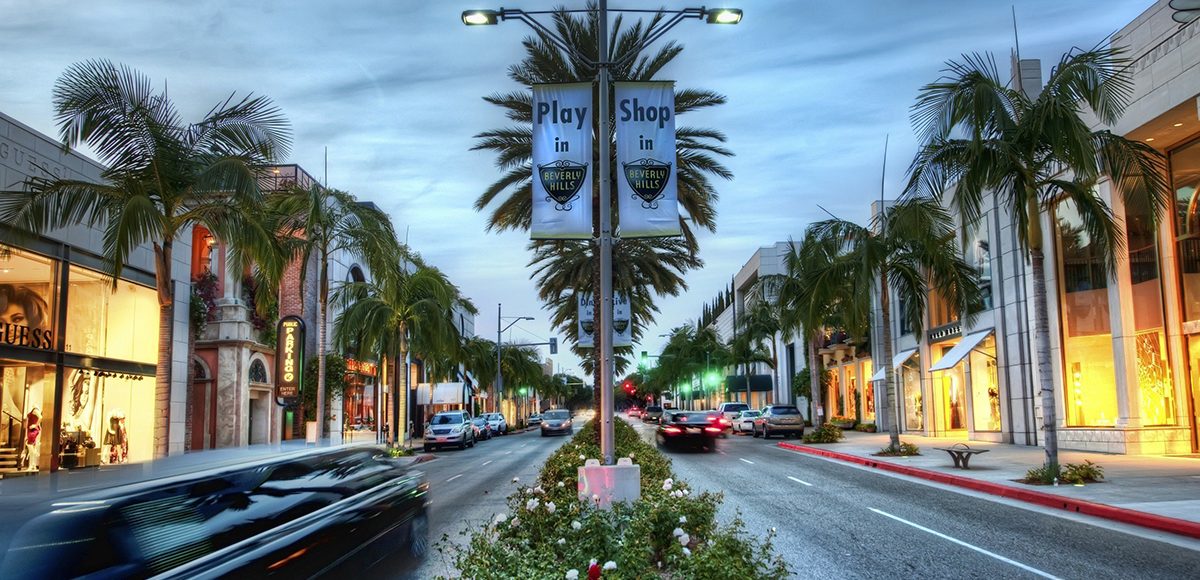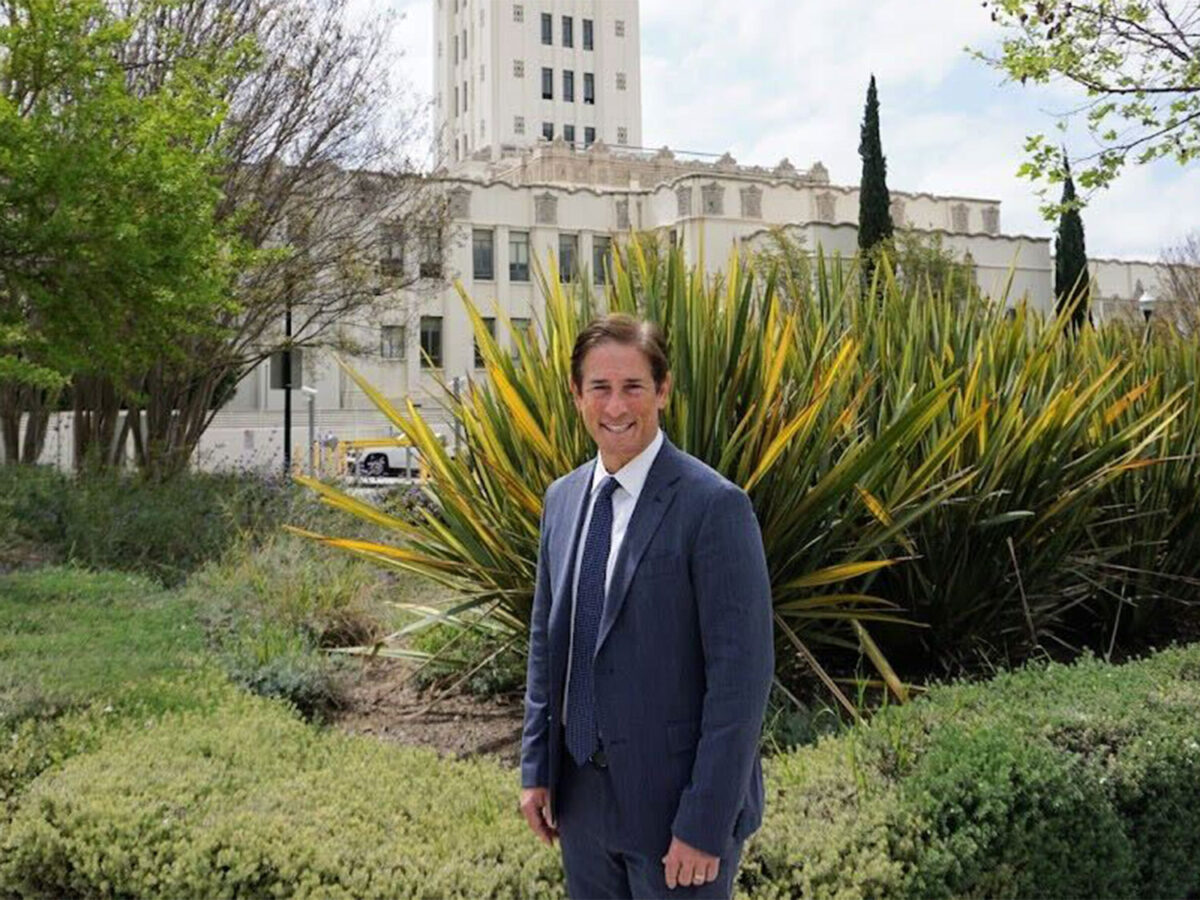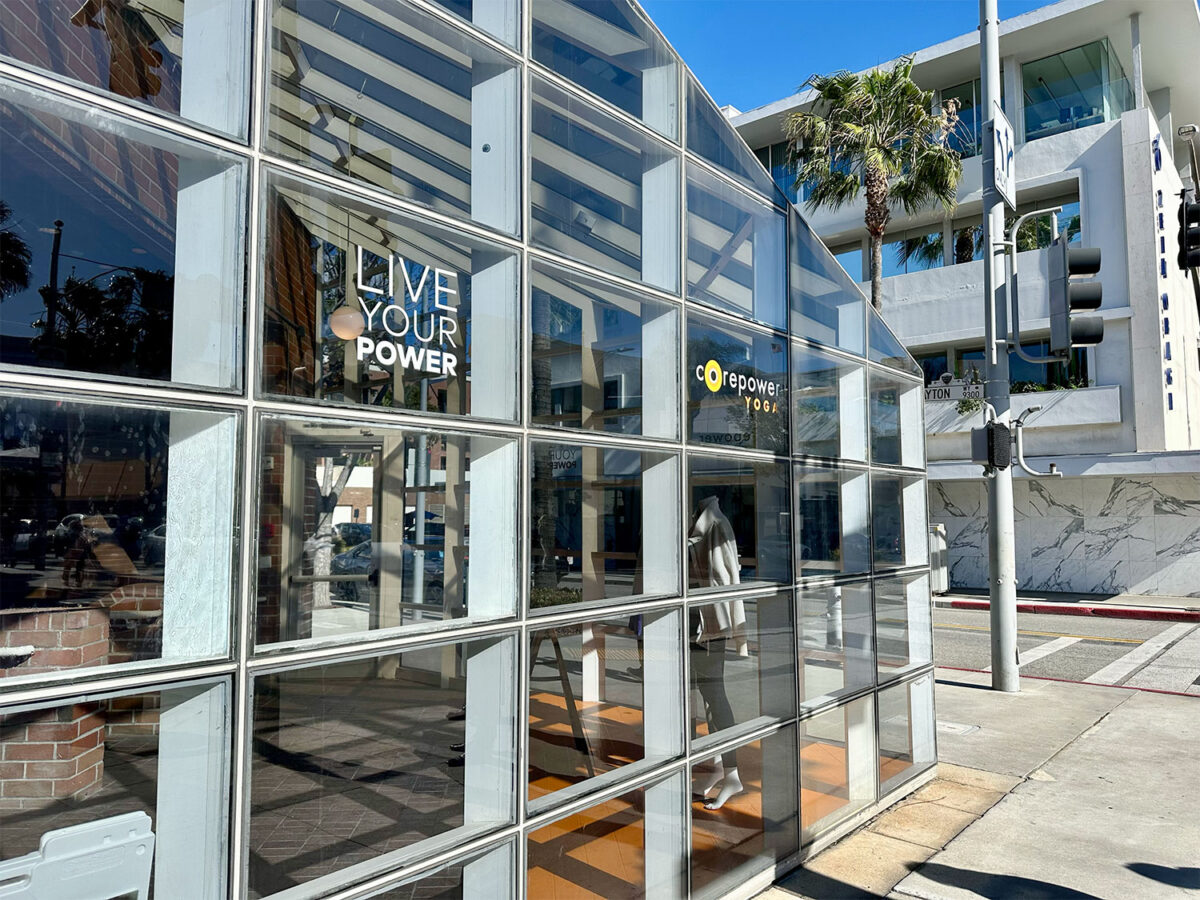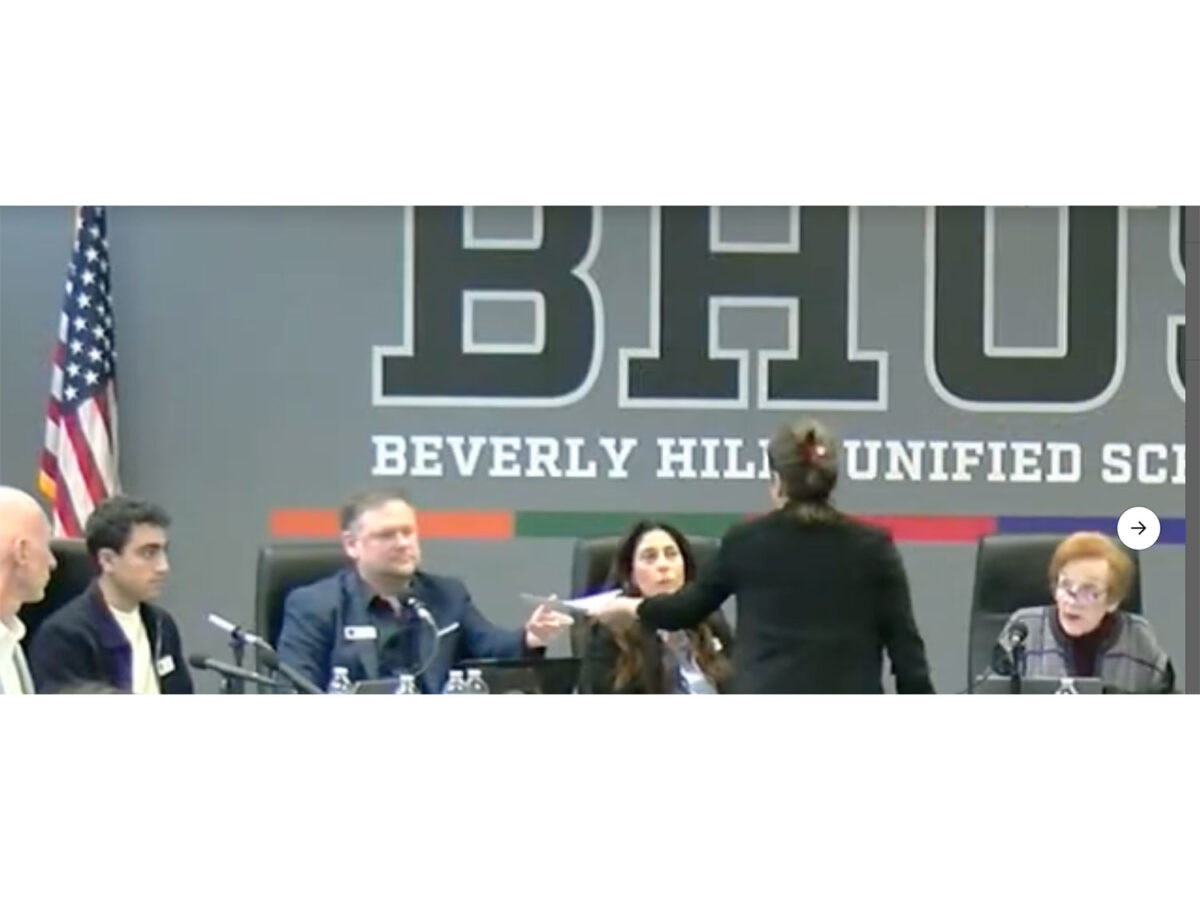Enhanced outdoor dining will likely be one effort undertaken by the City of Beverly Hills to help drive business during the COVID-19 pandemic. The City Council voiced support at its May 19 meeting to allow staff to investigate options for restaurants to expand service onto the sidewalks and street once allowed to further reopen in accordance with state and county guidelines.
As to just when that will happen remains a matter of consternation for Beverly Hills businesses who are vocally frustrated with the delays in opening. Nearby, Ventura County received state approval on Wednesday to reopen dine-in restaurants and shopping malls. City Spokesperson Keith Sterling told the Courier the City Council plans to petition Gov. Gavin Newsom in an effort to reopen Beverly Hills restaurants and other businesses before other Los Angeles County cities. To that end, the Council is scheduled to meet on May 22
at 4:30 p.m. for a Special City Council meeting to review the language of a letter asking Gov. Newsom to let nonessential retail and restaurants open with limited capacity and safety protocols in place. To watch live, visit http://Beverlyhills.org/live.
“There’s a sense of frustration. Being forced to be closed for this long is not helpful for any of them. But the reason they’re being mandated to be closed for this long is for the safety…in order to prevent the spread,” Beverly Hills Marketing and Economic Sustainability Manager Laura Biery told the Courier.
She cautioned that L.A. County, which counts the highest number of positive COVID- 19 tests, 42,037 (including 126 in Beverly Hills), and deaths, 2,016, was unlikely to be among the first counties in the state to lead in easing restrictions.
Currently, Biery said, there are no exceptions to reopening for individual cities located within the state’s most populated county, including Beverly Hills.
Beverly Hills has been a sanctuary of safety precautions during the pandemic, including enacting a mandatory face covering ordinance well before the City of Los Angeles followed suit. The City’s Urgency Ordinance related to COVID-19, which details a litany of safety measures undertaken, is now in its fourth iteration.
In the wake of Gov. Newsom moving the state further into Stage Two of California’s five-stage reopening plan, the City’s Business Recovery Assistance Task Force keyed in on 12 specific issues that members thought warranted Council review, including outdoor dining. Other items included deferment of Transient Occupancy Tax (TOT) payments, safety protocols, delivery commission caps and parking requirements.
Under county guidelines, around 200 local businesses initially qualified to reopen for curbside pick-up on May 8, with all retailers not located in an indoor mall or shopping center allowed to likewise offer door-side, outside pick-up or delivery starting on May 13.
Now in the second week following the reopening of retail for curbside pick-up, streets around Beverly Hills remained relatively quiet. Valentino General Manager Kathy Gohari, a member of the City’s Task Force and past president of the Rodeo Drive Committee, underscored how retailers are very much “looking forward to the next phase of private appointments.”
Gohari highlighted the forthcoming eight-episode podcast series “Only On Rodeo Drive” slated to launch on May 29 as an exciting way to help reignite momentum for the City’s most famous street.
“I think this podcast brings a lot memories back of what makes Rodeo Drive timeless and relevant,” said Gohari, who has spent her career working in retail along Rodeo Drive starting at the age of 17. On the podcast she recounts one of her most luxurious experiences on the street: meeting Bijan Pakzad when she was 20. “He told me, ‘Kathy, I sell a dream. I don’t sell clothes. I sell experience and my confidence. I don’t sell suits. I sell closets.'”
Gohari highlighted how prepared the retailers on Rodeo Drive were to reopen further given that restrictions have already lessened in other parts of the world where the brands also have a presence. “Every company already has their roll-out plan of safety and operating procedures,” she said.
Throughout the City businesses are anxious to open further, which for restaurants means the return of wait staff, all of whom will be wearing face coverings, in addition to other safety measures.
In anticipation of giving restaurants the ability to expand to the street or occupy space in front of adjacent establishments, Biery said that staff would examine the City’s Outdoor Dining Ordinance to prepare recommendations for City Council. In order for restaurants to be able to serve alcohol within the expanded outdoor space, the state’s Alcoholic Beverage Control (ABC) would need to loosen its order, which it has already done in some ways, such as by now allowing for the purchase of alcoholic drinks to-go with curbside pick-up.







